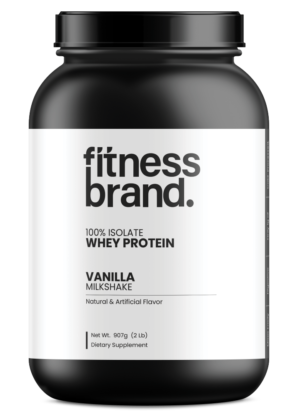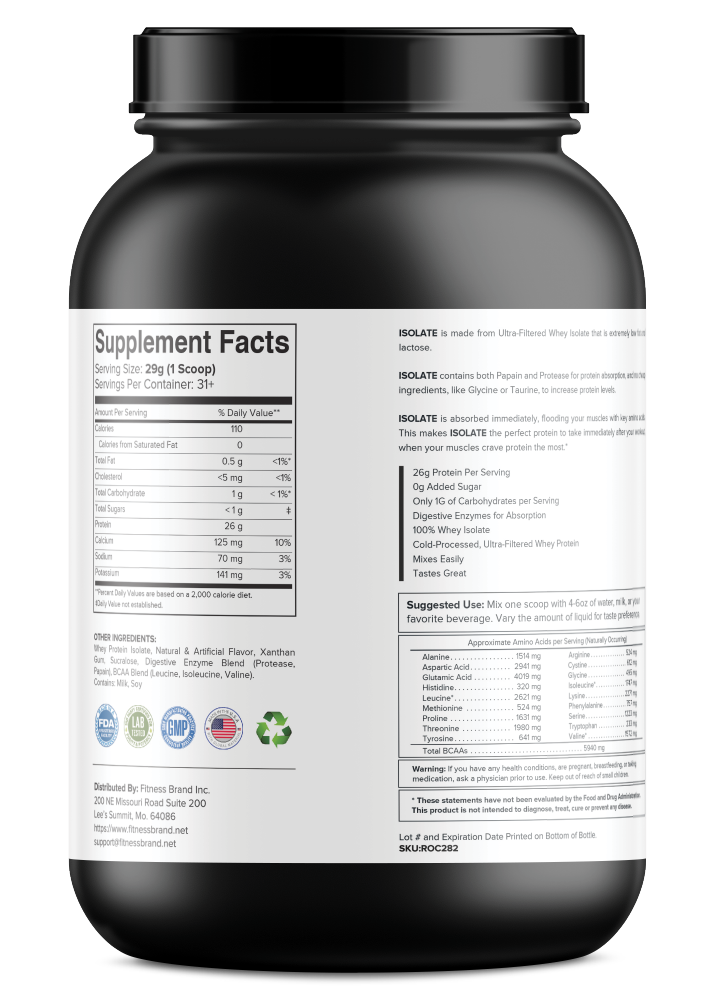


Achieving fat loss requires a well-rounded nutrition plan that prioritizes muscle preservation, effective energy balance, and dietary flexibility.
Macronutrients—protein, carbohydrates, and fats—are the core components of any diet, and balancing these is essential for effective fat loss.
Protein is essential during fat loss as it helps preserve lean muscle mass, which is critical for maintaining metabolic rate. High-protein diets support satiety and help to curb cravings, making it easier to stick to a caloric deficit. Consuming adequate protein also helps reduce the risk of muscle loss, especially during calorie restriction, which is common during fat loss phases (Naimi et al., 2003; Dulloo et al., 2012).⁹,¹⁰
Carbohydrates and fats both play essential roles in a balanced diet, but adjusting their intake can support fat loss. Lowering carbohydrate intake, particularly refined carbs, can help regulate blood sugar levels, while healthy fats contribute to satiety and hormone regulation. An individualized balance of carbs and fats helps meet energy needs without storing excess fat, especially when combined with protein (Trexler et al., 2014; Slentz et al., 2011).¹¹,¹²
Category: Lose Body Fat
